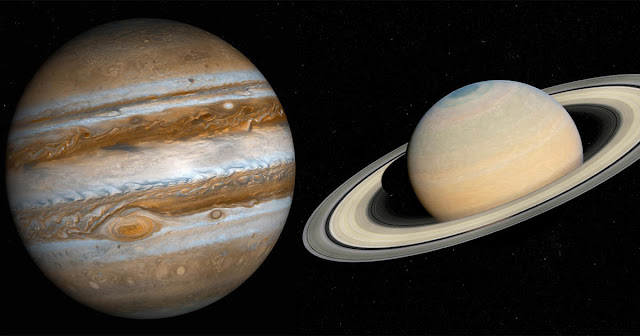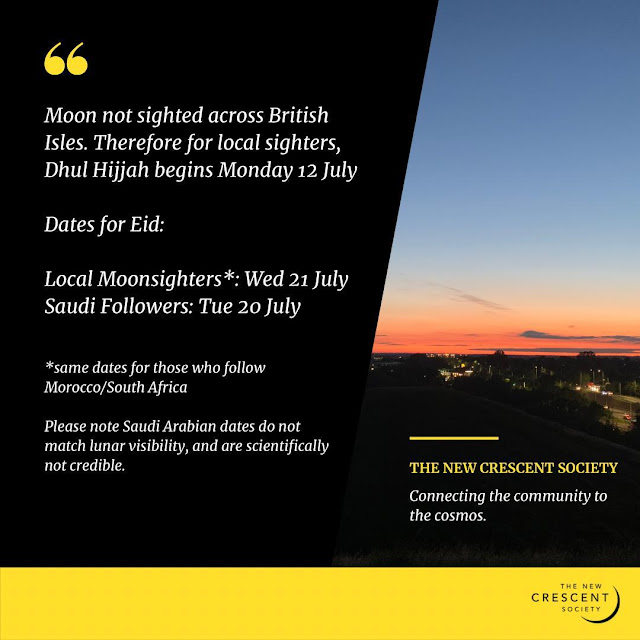The Kabah and Stonehenge: a Mysterious Connection?
THE KABA AND STONEHENGE: A MYSTERIOUS CONNECTION?
by Imad Ahmed
Stonehenge and the alignment to the Moon
Several news articles report today that researchers and tourists will be flooding to Stonehenge in January 2025, because it coincides with a major astronomical event, known as the 'major lunar standstill'. This is when the moonrise and moonset are at their respective farthest points from each other. Pilgrims and researchers will observe the alignment of Stonehenge to the moon's most extreme southern rising point. This alignment only happens once every 18 or 19 years (or 18.6 years to be more precise), and will be livestreamed.
.jpeg) |
| U Mass stone circle - a modern stone circle showing how ancient ones may have worked |
 |
| Dail Mail today |
 |
| Daily Mail |
| BBC today |
The Kabah and the alignment to the Moon
But do you know, the Kabah is also oriented along with the moon? And there is something very significant that will also happen at the Kabah during this major lunar standstill.
During the standstill, the moon sets at its southern most point in its 18.6 year cycle.
In this period, the southwest axis of the Kabah precisely aligns to the setting point of the new crescent moon behind the mountains of Makkah.
In other words, if a group of monthly moonsighters were standing at Maqam Ibrahim - they would see the crescent moon and then watch it beautifully set in front of them behind Makkah's mountains, perfectly aligned to the Kaba's wall.
 |
| Look this way to see the crescent moon! Kabah oriented in this picture according N/E/S/W |
The degree of accuracy is astonishing - according to archaeoastronomer Gerald Hawkins, it is accurate to less than 1°. To put this into context: it is well known and recorded in early texts that the south-east facing wall is aligned to the rising point of the star, Canopus. We find to be true and accurate to around 2°. Given that this lunar alignment of the Kabah during the lunar standstill is accurate to less than 1°, achaeoastronmoers conclude that such a level of accuracy cannot be coincidental.
You can read more about this, with a greater detail of the astronomical calculations here.
This will occur this year for the month of Jumada al Thani, corresponding with 2 December 2024. This will be the southern most setting point for the visible hilal (crescent moon) in the 18.6 year cycle.
If you are in Makkah this December 2024, please let us know of your experience of sighting the crescent, especially if you can do so near the Kabah!
Astronomy and the Kaba: Forgotten knowledge and abandoned sunnahs
“A person in pre-Islamic times looking along the line of the wall from the black meteorite would see the crescent in the West at the extreme point of the 18.6 year cycle. A person standing at the sanctified stone of Abraham looking at the front face of the Kaba would see the moon setting over the shrine. The crescent would [then] swing to the right winter by winter as it did for a person within the station stone rectangle at Stonehenge, returning in its cycle to align again with the building’s axis”
Cosmic timepieces covered by skyscraper clocks
 |
| Sadly, the building of high rise buildings in Makkah obscure the view of the skyline |
.jpeg) |
| A pilgrimage to Stonehenge |
Ancient monuments and their connection to the cosmos
Why is the Kaba oriented in this way? Why is Stonehenge oriented in this way?
 |
| Could Stonehenge have been an ancient calendar? |
.jpeg) |
| Some of the Kaba's alignments |
David King, an historian and astronomer who has dedicated his life to studying Muslim astronomers has eloquently suggested that the Kabah was aligned in a way which acted as a metaphor or symbol for the deep unity in the creation of the world we live in. As he eloquently says in his 1982 article 'Faces of the Kaba':
"All things considered, it seems likely that the Kaaba was a kind of microcosm of the celestial and terrestrial universe of the … Arabs. Each of the most important aspects oftheir physical world is represented: of the celestial, the sun, the moon, and Canopus, the brightest star in the southern sky; of the terrestrial, the winds, the rains, and the geographic directions. Unifying the cosmos of celestial bodies, winds, rains, and directions in this way would not have been strange to the pre-Islamic Arabs: astronomical and meteorological phenomena were intimately connected in their folklore."
What might this mean? What is the relationship between the people who built Stonehenge and the Kabah, if any? It's hard to say. When I've shared this information with my friends, some have speculated something along the lines as follows: "We Muslims believe that there is only One God, and that there has only been one religion, with various messengers, prophets and sages around the world divinely inspired by the same God. Perhaps this suggests a spiritual or religious connection between Abraham, who built the Kabah, and the ancient inhabitants of Britain?"
What's clear is, there was a world of advanced knowledge held by the ancients. We are only scratching the surface.
NB: Thank you to Juned Patel for advice on the technical astronomical aspects of this blogpost, and making sense of the data. You can follow him on instagram @junedastro.



Amazing insights Alhamdullilah. Allah swt has give us signs and yet we are sometimes unable to see. I will definitely look at the Kaaba differently after reading this post and make dua that Allah swt allows me to visit his holy Haram again in the winter this year (ameen)
ReplyDeleteAmmen.
DeleteMay Allah bless me to Haij, I ask him on this day of Arif’s. Also jaunt ul Ferdus. Ameen
Jazak Allah- interesting information
ReplyDeleteIt seems books by sahaba, taabee and tabatabee have astronomical treasures. Which should return to them fr greater scientific facts.
ReplyDelete